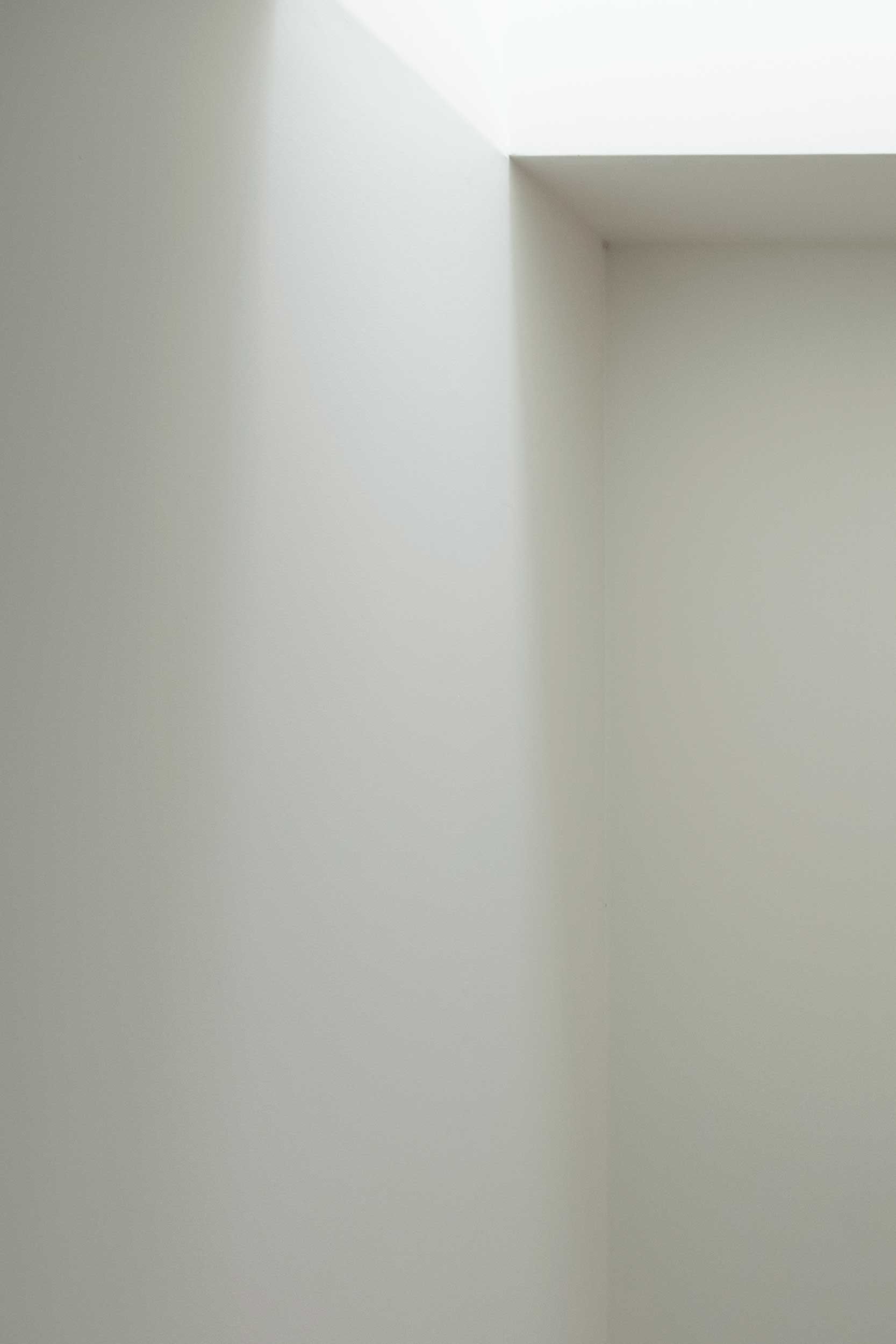Architecture of Plaster
Plaster is known to originate from the Mesopotamian region around 7500 BC, using lime mixed with unheated crushed limestone to make plaster which was used on a large scale for covering walls and floors in houses. The Romans used stucco, a mixture of lime and sand to build up preparatory layers over which finer applications of gypsum, lime, sand and marble dust were made. Following the fall of the Roman Empire, the addition of marble dust to plaster allowed the production of fine detail and a hard, smooth finish.
Plaster decoration was widely used in Europe in the Middle Ages where, from the mid-13th century, gypsum plaster was used for internal and external plaster. Later hand-modelled and moulded decoration was used, more extensively so during the Renaissance period.
A lime based plaster is our preferred choice when it comes to the architectural conservation of historic buildings. Lime offers the benefits of being breathable helping to reduce any damp problems within the building and is soft as opposed to a cementitious base, meaning less cracking. Lime is alkaline based with natural antibacterial properties and has large air filled pores acting as a beneficial thermal insulator.
Tadelakt, or Kreidezeit Tadelakt is a polished plaster based on the original Moroccan plaster meaning ‘to rub’ or ‘knead’ in Arabic. The use of this unique plaster had a practical purpose in a hot, arid climate where it was used to seal reservoirs for retaining drinking water. Its tactile versatility means that there are very few limitations in terms of the surfaces and shapes you can apply it to; with a beautiful, smooth appearance providing elegant earthy tones made from natural hydraulic lime, selected sands and marble powder. We feel that using this in a new house extension or home creates a unique and bespoke identity for any home and can be used in showers, bathroom sinks and worktops.
Working with an experienced tradesman is key in any plasterwork. As architects, we work with a range of plasters, wet and dry, gypsum and lime based. The difference between the two is that lime sets slowly by absorbing carbon dioxide from the air, whereas gypsum plaster sets rapidly by crystallising. As a lime plaster dries it shrinks slightly, while a gypsum plaster expands as it sets.
Inclume use plaster to dictate the diffusion of light, create spaces that evoke mood and design forms that are ambitious or otherwise not possible with less flexible materials.



